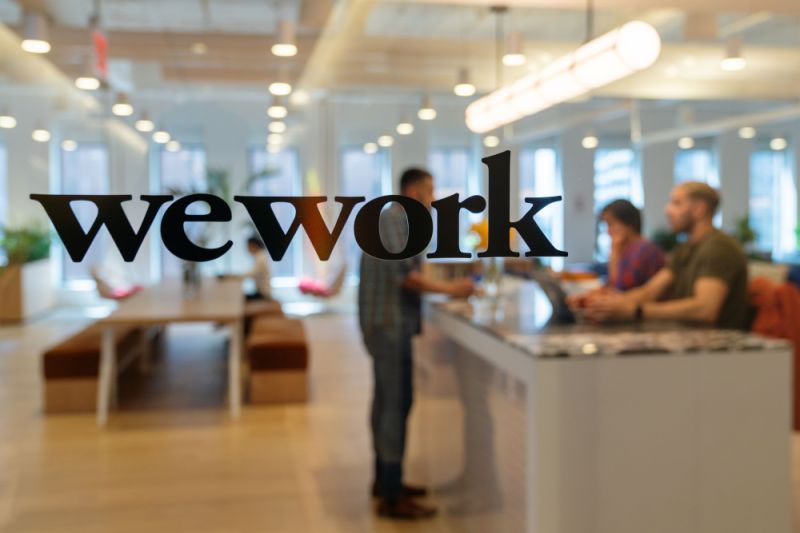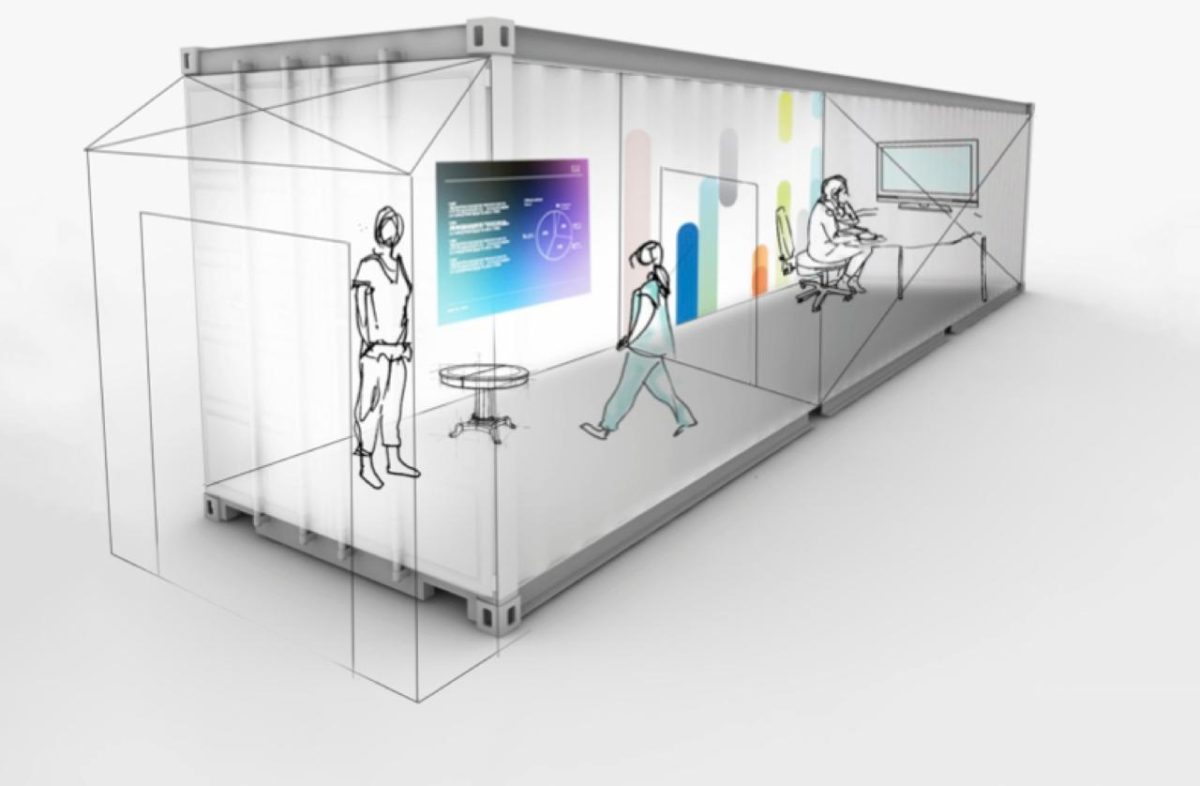For decades, live sports were the backbone of traditional television. Broadcasters like ESPN, Sky, or Ziggo Sport built their business models around exclusive rights, with fans tied to whichever package carried their favourite league. That setup is being disrupted. Tech platforms such as Amazon and Apple are now competing aggressively for the same rights, changing not only how sports are delivered but also why they are valuable.
Amazon has already secured NFL Thursday Night Football and is finalising an NBA deal worth an eye-watering $77 billion over 11 years (Reuters, 2024). Apple took a different path with Major League Soccer: every match is streamed exclusively on Apple TV+ through a ten-year global deal (Apple, 2022). In Europe, the trend is clear too. Ziggo Sport recently extended its hold on UEFA competitions, while Viaplay locked Formula 1 into a long-term agreement for the Dutch market (Formula One World Championship Limited, 2024; VodafoneZiggo, 2022). Fans may have more digital options, but access is increasingly fragmented.
The real shift is in the business model. Traditional broadcasters had to make sports profitable on their own, through advertising and subscriptions. Platforms like Amazon and Apple see sports as part of something bigger. For Amazon, live rights add value to Prime, encouraging shopping and ad spending. For Apple, the strengthening its ecosystem of devices and services (Zhao, 2024). In this logic, sports are not just content – they are tools to keep customers locked into digital platforms.
Still, disruption brings headaches. Rights are extremely expensive, and even big tech faces pressure to justify the costs. A recent survey of Apple’s MLS deal highlighted widespread dissatisfaction among fans over pricing and accessibility (McCain, 2025). And as Hutchins et al. (2019) pointed out years ago, streaming risks repeating television’s old patterns: higher costs, multiple subscriptions, and shrinking reach.
So where does this leave us? Personally, I enjoy the convenience of streaming, but I find it frustrating to need three different subscriptions to follow a single season. What about you – do you see tech platforms as the future of sports, or are they simply creating the new version of cable TV?
References:
Apple. (2022). Apple and Major League Soccer to present all MLS matches around the world for 10 years, beginning in 2023. Apple Newsroom. https://www.apple.com/newsroom/2022/06/apple-and-mls-to-present-all-mls-matches-for-10-years-beginning-in-2023/
Formula One World Championship Limited. (2024). Formula 1® and Viaplay Group agree long-term partnership to exclusively broadcast F1 in the Netherlands and Nordic countries. https://corp.formula1.com/formula-1-and-viaplay-group-agree-long-term-partnership-to-exclusively-broadcast-f1-in-the-netherlands-and-nordic-countries/
Hutchins, B., Li, B., & Rowe, D. (2019). Over-the-top sport: live streaming services, changing coverage rights markets and the growth of media sport portals. Media Culture & Society, 41(7), 975–994.
McCain, R. (2025, August 8). Study Reveals Growing Discontent with MLS & Apple TV Deal. Cord Cutters News. https://cordcuttersnews.com/study-reveals-growing-discontent-with-mls-apple-tv-deal
Reuters. (2024). NBA signs broadcasting deal with Disney, Amazon, Comcast worth $77 billion. https://www.reuters.com/business/media-telecom/nba-signs-broadcasting-deal-with-disney-amazon-comcast-2024-07-24/
VodafoneZiggo. (2022, November 10). Ziggo Sport acquires exclusive rights to UEFA club football. VodafoneZiggo. https://www.vodafoneziggo.nl/en/nieuws/ziggo-sport-acquires-exclusive-rights-uefa-club-football/
Zhao, S. (2024). Research on pricing and business models of sports event broadcasting. SHS Web of Conferences, 207, 03012.







